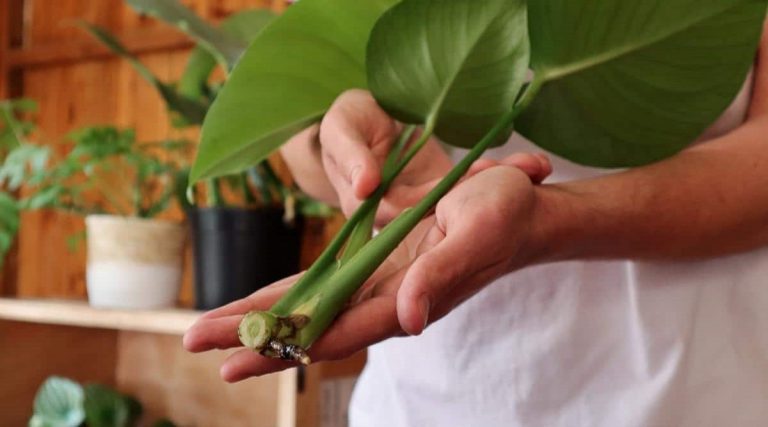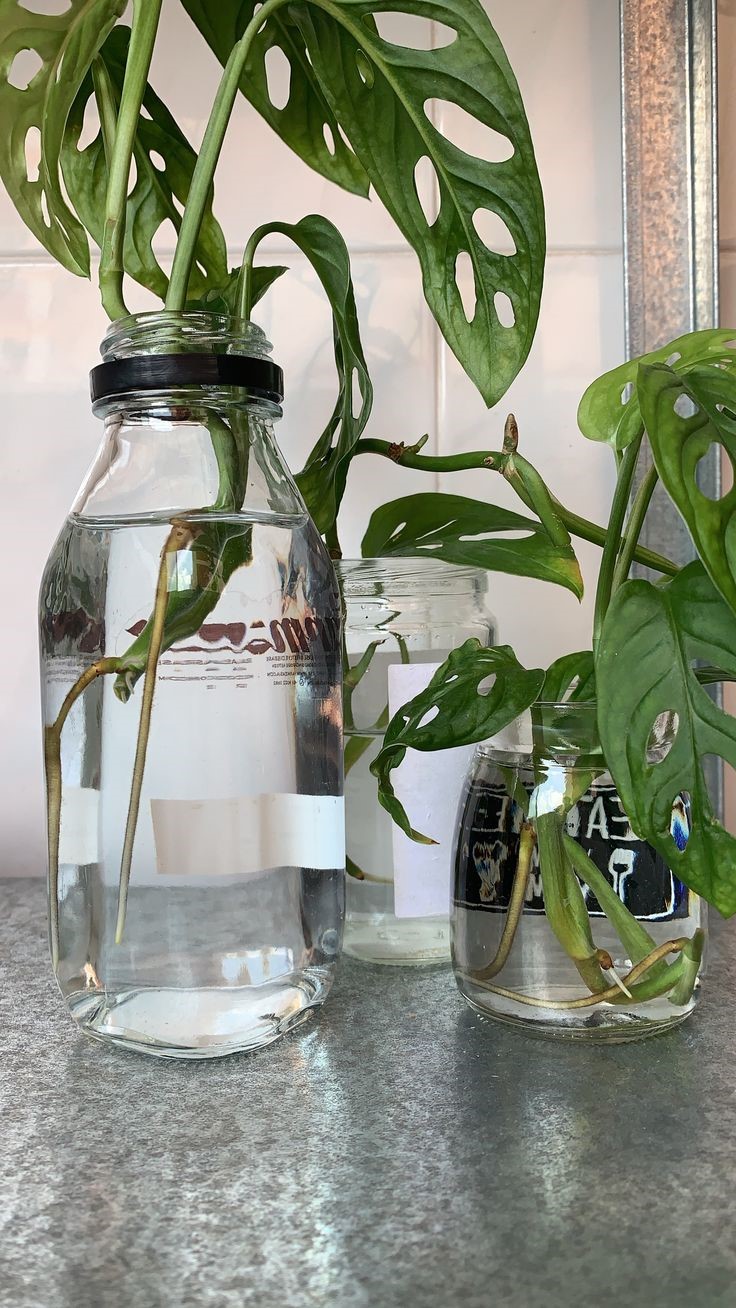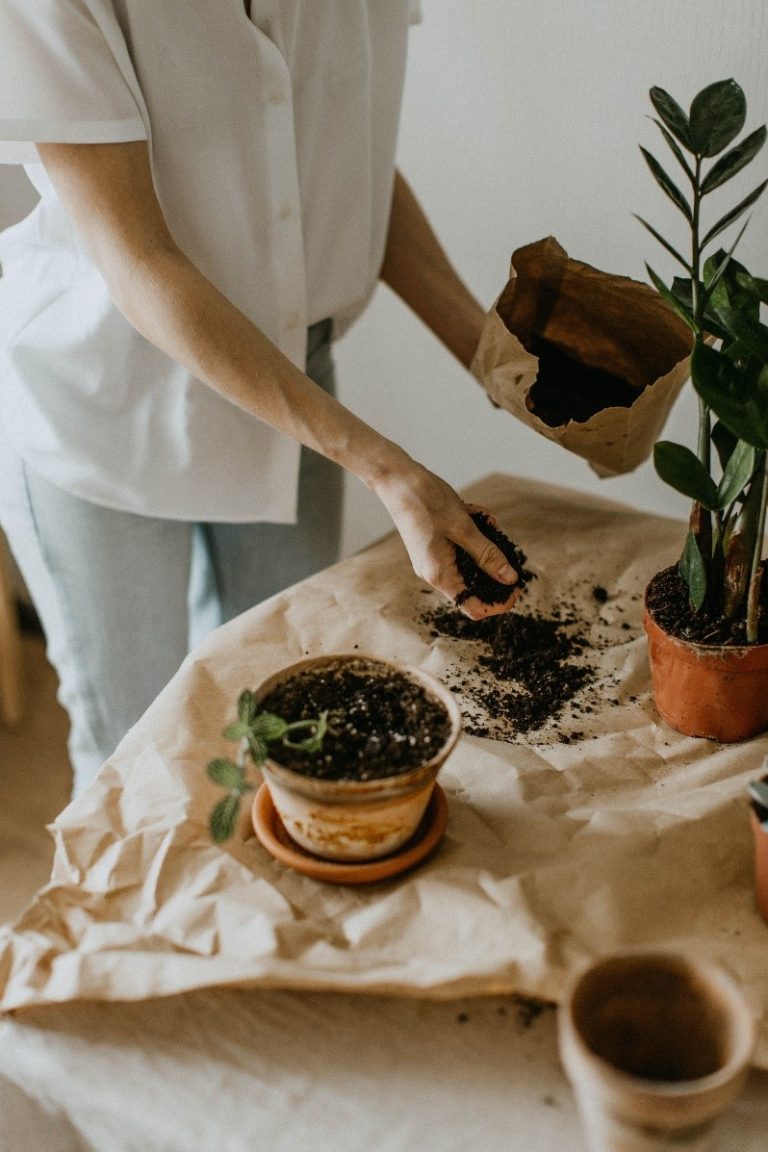


Welcome to the comprehensive guide on how to propagate Monstera plants, also known as Swiss Cheese Plants. This step-by-step guide is designed to provide you with detailed instructions and valuable tips for successfully propagating Monstera plants in your own home.
The purpose of this article is to empower you with the knowledge and techniques needed to propagate Monstera plants effectively. Propagation not only allows you to expand your Monstera collection but also provides a rewarding experience as you witness the growth and development of new plants nurtured by your own hands.
One of the significant advantages of propagation is its cost-effectiveness. Rather than purchasing new plants, you can multiply your Monstera plants by propagating them from existing ones. This not only saves you money but also allows you to share the joy of plant parenthood with others.
So, if you’re ready to embark on the exciting journey of propagating Monstera plants, let’s delve into the step-by-step process and unlock the secrets to successful propagation.
Step-by-Step Guide: Propagating Monstera Plants
Selecting a healthy parent plant
Choose a mature and healthy Monstera plant as the parent plant for propagation
- Look for a Monstera plant that has reached a mature stage, typically around 2-3 years old, as younger plants may not have developed enough energy reserves for successful propagation.
- Inspect the foliage of the parent plant. Opt for plants with vibrant and lush leaves, indicating good overall health.
- Check the root system of the parent plant. Healthy Monstera plants should have well-established roots that are white or creamy.
- Ensure that the parent plant is free from pests and diseases. Examine both the leaves and stems for any signs of infestation or damage.
Assessing the health of the parent plant
- Look for any discoloration, spots, or holes in the leaves, as these can be signs of disease or pest issues.
- Check the overall structure and posture of the plant. A strong and upright growth habit suggests a healthy plant.
- Examine the root system carefully. Avoid plants with root rot, which is indicated by mushy or blackened roots.
- Consider the environmental conditions in which the parent plant has been thriving. Choose a plant that has been growing in conditions similar to what you can provide.
Obtaining a parent plant
- Purchase a Monstera plant from a reputable nursery or garden center. This ensures that you start with a healthy and well-cared-for plant.
- Alternatively, if you already have a Monstera plant, ensure that it meets the criteria mentioned above for selecting a healthy parent plant.
Preparing the parent plant for propagation
- If needed, repot the parent plant into a suitable pot with well-draining soil before propagation.
- Provide appropriate care, including regular watering, adequate lighting, and appropriate fertilization, to ensure the parent plant remains healthy throughout the propagation process.
By selecting a healthy parent plant, you lay the foundation for successful propagation. A healthy plant possesses the vigor and resources necessary for producing strong and thriving offspring.
Swiss cheese plant propagation parts for Monstera plant
Here is what you need to know about Swiss cheese plant parts that can be propagated.
Stem cuttings:
- Stem cuttings are the most popular and reliable method of propagating Monstera plants.
- Select a healthy stem with at least one node (where leaves emerge) and two to three mature leaves.
- Using clean and sharp pruning shears or scissors, make a clean cut just below a node.
- Optional: If the cutting is large, you can make additional cuts to divide it into smaller sections, ensuring each section has at least one node and a couple of leaves.
- Allow the cut end(s) of the stem cutting(s) to dry for a few hours to minimize the risk of rot during the propagation process.
- Once dried, the stem cutting(s) can be rooted using either water propagation or soil propagation.
Can monstera be propagated in other ways apart from stem cuttings? such as seeds, etc
While stem cuttings are the most common and reliable method of propagating Monstera plants, it is worth mentioning that Monstera propagation can also be achieved through other methods, such as seeds and tissue culture. However, it’s important to note that these alternative methods may be more challenging and less commonly used.
Here is an overview of these methods:
Seeds:
- Monstera plants produce seeds, but they are relatively rare to come by, as Monstera plants are grown indoors and often do not produce viable seeds.
- If you happen to have access to fresh, mature Monstera seeds, they can be sown in a suitable seed-starting mix.
- Provide the seeds with warm temperatures, consistent moisture, and bright, indirect light.
- Germination can take several weeks or even months, and seedlings may vary in appearance.
- Growing Monstera plants from seeds require patience and expertise, as the resulting plants may exhibit genetic variations and take longer to mature.
Tissue culture:
- Tissue culture, also known as micropropagation, is a laboratory-based method used to propagate plants from tiny plant tissue samples.
- This method involves the sterilization and culturing of plant tissue in a nutrient-rich medium under controlled conditions.
- Tissue culture allows for the production of a large number of identical plantlets within a relatively short period.
- While tissue culture is a valuable technique used in commercial plant production, it is typically not accessible or practical for home gardeners.
It’s worth noting that stem cuttings remain the most accessible and successful method for propagating Monstera plants, as they allow for the replication of the parent plant’s characteristics. However, if you are interested in exploring alternative methods, seeds, and tissue culture can be intriguing options, although they may present additional challenges and require specialized knowledge and resources.
Propagation methods for Monstera plants
Monstera plants can be propagated through several methods, each with its benefits and considerations. Here are the most common propagation methods for Monstera plants:
Water propagation:
- Water propagation is a popular and visually appealing method for rooting Monstera stem cuttings.
- Fill a clean jar or glass with room temperature water, ensuring it’s deep enough to submerge the node of the cutting while keeping the leaves above the water.
- Place the stem cutting(s) in the water, making sure the node is submerged.
- Position the jar or glass in a bright location away from direct sunlight to avoid excessive heat or scorching.
- Change the water every few days to prevent stagnation and the growth of bacteria.
- Over time, the cutting will develop roots, and once they are well-established (around 1-2 inches long), they can be potted into the soil.
Soil propagation:
- Soil propagation involves planting the Monstera stem cutting directly into a suitable potting mix.
- Prepare a well-draining potting mix by combining components such as peat moss, perlite, and/or vermiculite.
- Plant the stem cutting(s) into the potting mix, burying the node(s) in the soil while keeping the leaves above the surface.
- Water the soil lightly, ensuring it remains slightly moist without becoming waterlogged.
- Place the pot in a warm and brightly lit area, away from direct sunlight.
- Maintain a humid environment by covering the pot with a plastic bag or using a humidity dome, which helps prevent excessive moisture loss and aids in root development.
- Monitor the cutting for signs of root growth and adjust watering accordingly.
- Once the cutting has developed a strong root system, typically in a few weeks to a couple of months, it can be transferred to a larger pot.
Air layering (advanced method):
- Air layering is a more advanced propagation technique suitable for larger, more established Monstera plants.
- Select a healthy, mature stem and make a small incision or remove a section of the outer bark.
- Apply a rooting hormone to the exposed area to stimulate root development.
- Wrap the incision with damp sphagnum moss and cover it with plastic wrap, securing it with twine or a rubber band.
- Maintain moisture in the moss by misting or watering periodically.
- Roots will start to develop within a few weeks to a couple of months.
- Once sufficient roots have formed, carefully remove the rooted section from the parent plant and plant it in a suitable potting mix.
Remember to provide proper care and attention to the propagated cuttings as they establish themselves and develop into healthy Monstera plants.
Each propagation method offers its advantages, so choose the one that best suits your preferences and resources.
Troubleshooting and Common Challenges
During the propagation process, you may encounter certain challenges that can hinder the success of propagating Monstera plants. Here are some common issues and troubleshooting advice to help you overcome them:
Rotting of stem cuttings:
Problem: If the stem cuttings start to rot instead of developing roots, it could be due to excessive moisture or poor drainage.
Solution: Ensure that the potting mix or water used for propagation is well-draining. Avoid overwatering and provide adequate airflow around the cuttings. Consider using a rooting hormone to encourage root development and apply it according to the instructions.
Yellowing leaves:
Problem: Yellowing leaves on the stem cuttings can indicate overwatering, nutrient deficiencies, or stress.
Solution: Adjust the watering schedule and allow the soil or water to dry out slightly between waterings. Provide balanced fertilizer or a diluted, balanced liquid plant food to address any nutrient deficiencies. Ensure the cuttings are placed in a suitable environment with proper lighting conditions and temperature.
C. Slow root development:
Problem: If the stem cuttings show little to no root development over an extended period, it could be due to factors like low humidity, inadequate temperature, or incorrect cutting preparation.
Solution: Increase humidity around the cuttings by covering them with a plastic bag or using a humidity dome. Maintain a consistent temperature range of 70-75°F (21-24°C) to promote root growth. Double-check the cutting preparation to ensure you have selected healthy cuttings with at least one node and a couple of leaves.
Lack of growth or stunted plants:
Problem: If the propagated plants fail to grow or appear stunted, it may be due to insufficient light, inappropriate soil conditions, or lack of nutrients.
Solution: Ensure that the propagated plants receive bright, indirect light, as Monstera plants thrive in bright conditions. Use a well-draining potting mix that retains adequate moisture while allowing excess water to drain. Consider fertilizing the plants with a balanced liquid fertilizer to provide essential nutrients for growth.
Pests and diseases:
Problem: Pests like spider mites, mealybugs, or diseases can affect both parent plants and propagated cuttings.
Solution: Regularly inspect the plants for any signs of pests or diseases. If infestations or infections are detected, take appropriate measures such as using organic or chemical pest control methods or applying suitable fungicides. Isolate infested and affected plants to prevent the spread of pests or diseases.
By troubleshooting these common challenges and implementing the appropriate solutions, you can increase the chances of successful propagation and ensure the healthy growth of your Monstera plants. Remember that patience, proper care, and attention to detail are key to achieving successful propagation outcomes.
Summary of how to propagate monstera plants
Propagating Monstera plants, also known as Swiss Cheese Plants, is an exciting and rewarding process that allows you to expand your plant collection while saving money. This step-by-step guide provides detailed instructions on successfully propagating Monstera plants. Starting with selecting a healthy parent plant, the guide covers various propagation methods, including stem cuttings, water propagation, and soil propagation. It also addresses common challenges such as rotting, yellowing leaves, and slow root development, providing troubleshooting advice for each issue. By following this guide, you can unlock the secrets to successful Monstera plant propagation and enjoy the satisfaction of nurturing new plants in your own home.
Commonly asked questions about how to propagate Swiss cheese plant
Can I propagate a Swiss Cheese Plant from a single leaf?
While it’s technically possible to propagate a Swiss Cheese Plant from a single leaf, it is not the most reliable method. Swiss Cheese Plants primarily propagate through stem cuttings, which have a higher success rate. Stem cuttings contain nodes where new roots can develop, ensuring a better chance of successful propagation and growth.
Can I propagate a Swiss Cheese Plant in water?
Yes, you can propagate a Swiss Cheese Plant in water. Water propagation is a popular method for rooting stem cuttings of Swiss Cheese Plants. Simply take a healthy stem cutting with at least one node and a few leaves, place it in a jar of water, ensuring the node is submerged, and place it in a well-lit area. Change the water regularly and wait for roots to develop before transferring the cutting to the soil.
How long does it take for a Swiss Cheese Plant cutting to root?
The time it takes for a Swiss Cheese Plant cutting to root can vary. Typically, a few weeks to a couple of months for roots to develop. Patience is key during this process, as some cuttings may root faster than others. Providing optimal conditions such as proper lighting, temperature, and humidity will help expedite root development.
Do I need to use rooting hormone when propagating a Swiss Cheese Plant?
Using rooting hormone is not mandatory when propagating a Swiss Cheese Plant, but it can increase the chances of successful rooting. Rooting hormone contains growth-promoting substances that encourage the development of roots. It can be particularly helpful when propagating larger cuttings or when encountering difficulties with rooting. However, many Swiss Cheese Plant cuttings can root successfully without the use of rooting hormone.
Can I propagate a Swiss Cheese Plant from a leaf that has no node?
No, propagating a Swiss Cheese Plant from a leaf that lacks a node is unlikely to be successful. Nodes are essential because they contain the cells necessary for root growth and development. Therefore, it’s important to select stem cuttings with at least one node to ensure a higher probability of successful propagation.
Can I propagate a Swiss Cheese Plant from seeds?
While Swiss Cheese Plants do produce seeds, propagating them from seeds is less common and can be challenging. Obtaining viable seeds from indoor-grown Swiss Cheese Plants is rare. If you do manage to obtain fresh seeds, they can be sown in a suitable seed-starting mix and provided with appropriate conditions for germination. However, be prepared for variations in seedlings and a longer time frame for the plants to reach maturity compared to propagation through stem cuttings.
Remember, successful propagation of Swiss Cheese Plants requires patience, attention to detail, and providing optimal conditions to encourage root development and new growth.
Videos and images courtesy of Plantsboumbou. Polin.remont, and gotpetyotpetpot on Instagram.
